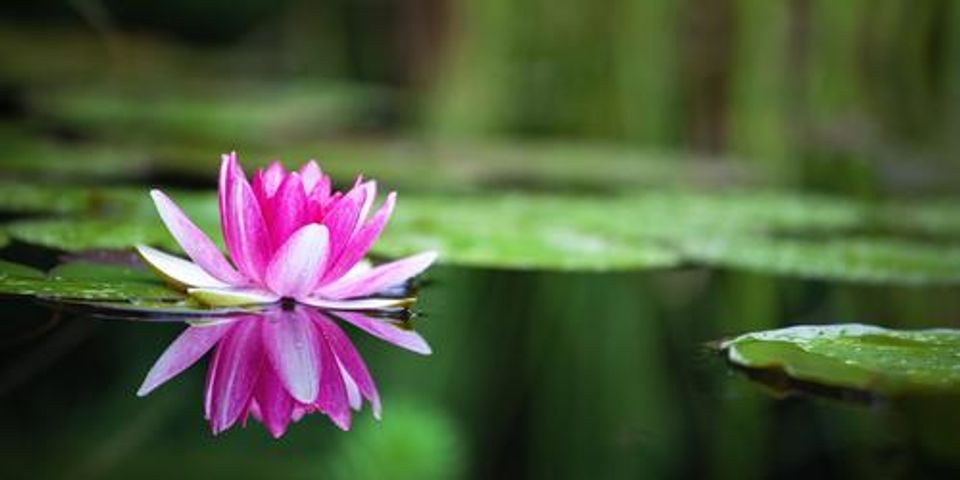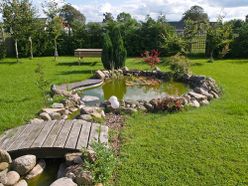3 Pond Maintenance Tips to Improve the Health of Your Water Feature

Water features can transform a normal yard into an outdoor oasis, and garden ponds are no exception. With a pond, you're essentially creating a small ecosystem, and each aspect of it must be healthy for the environment to thrive as a whole. If your element seems to be struggling, follow these simple pond maintenance tips to improve its overall health.
3 Pond Maintenance Best Practices
1. Monitor Nitrogen Levels
While oxygen is a common focus of many pond owners, nitrogen levels often go overlooked. Algae thrive on nitrogen, so by reducing the amount in the water, you will help maintain a balanced ecosystem and prevent overgrowth. You can achieve this step simply by adding plants that naturally absorb excess amounts of the chemical element.
2. Choose the Right Plants
 Plants are just as vital to your pond's health as the water's chemical levels. There are a variety of species that thrive in water, and it's tempting to choose exotic ones as a way to stand out. However, opting for plants that are native to your area will make all the difference in your pond's vitality. Such options are more likely to thrive long term, which ensures sick or dead plants don’t create a chemical imbalance.
Plants are just as vital to your pond's health as the water's chemical levels. There are a variety of species that thrive in water, and it's tempting to choose exotic ones as a way to stand out. However, opting for plants that are native to your area will make all the difference in your pond's vitality. Such options are more likely to thrive long term, which ensures sick or dead plants don’t create a chemical imbalance.
3. Practice Regular Maintenance
Cleaning a pond is a fairly uncomplicated task, but it's one of the most important aspects of keeping it healthy. Many pond owners tackle maintenance on a seasonal basis, but this mindset can result in a lot of damaging buildup in between tasks. Instead, make it a weekly habit to skim leaves, twigs, and dead flora off the surface of the water.
Pond maintenance is vital to keeping your water feature healthy, but it can be a challenge tackling it on your own. If you need assistance, contact Specialty Water Gardens & Landscapes in Columbia, MO. The landscape design specialists have proudly served the needs of residents since 2007. Schedule a consultation today by calling the team at (573) 442-9027, and learn about their services by visiting them online.
About the Business
Have a question? Ask the experts!
Send your question

